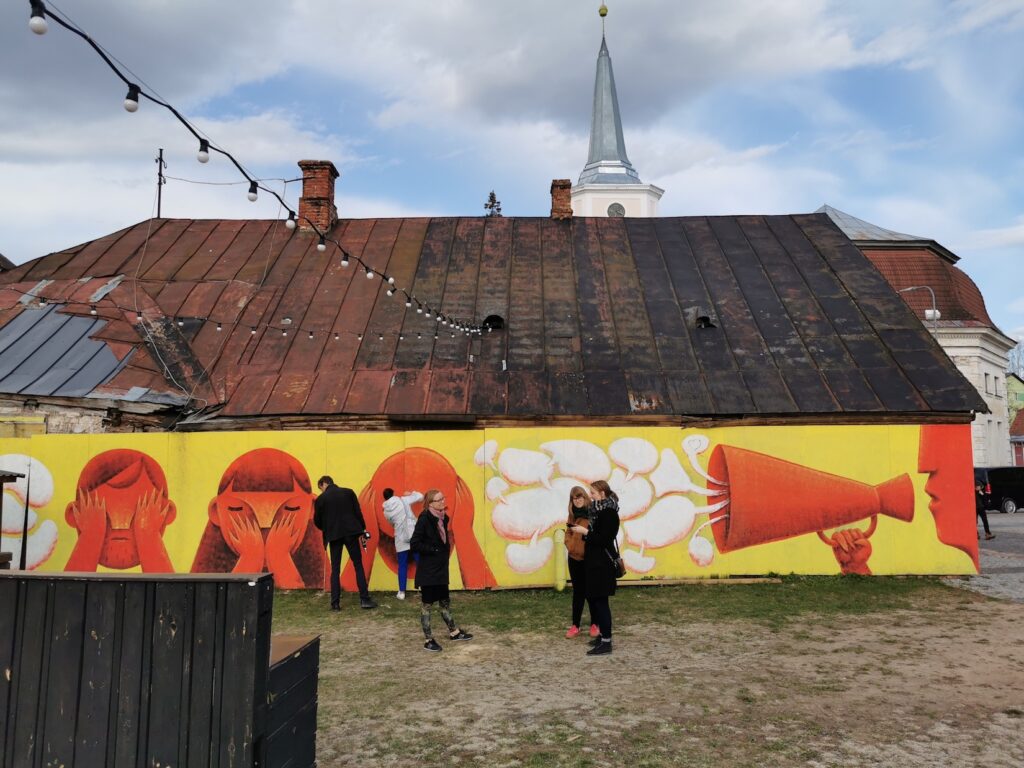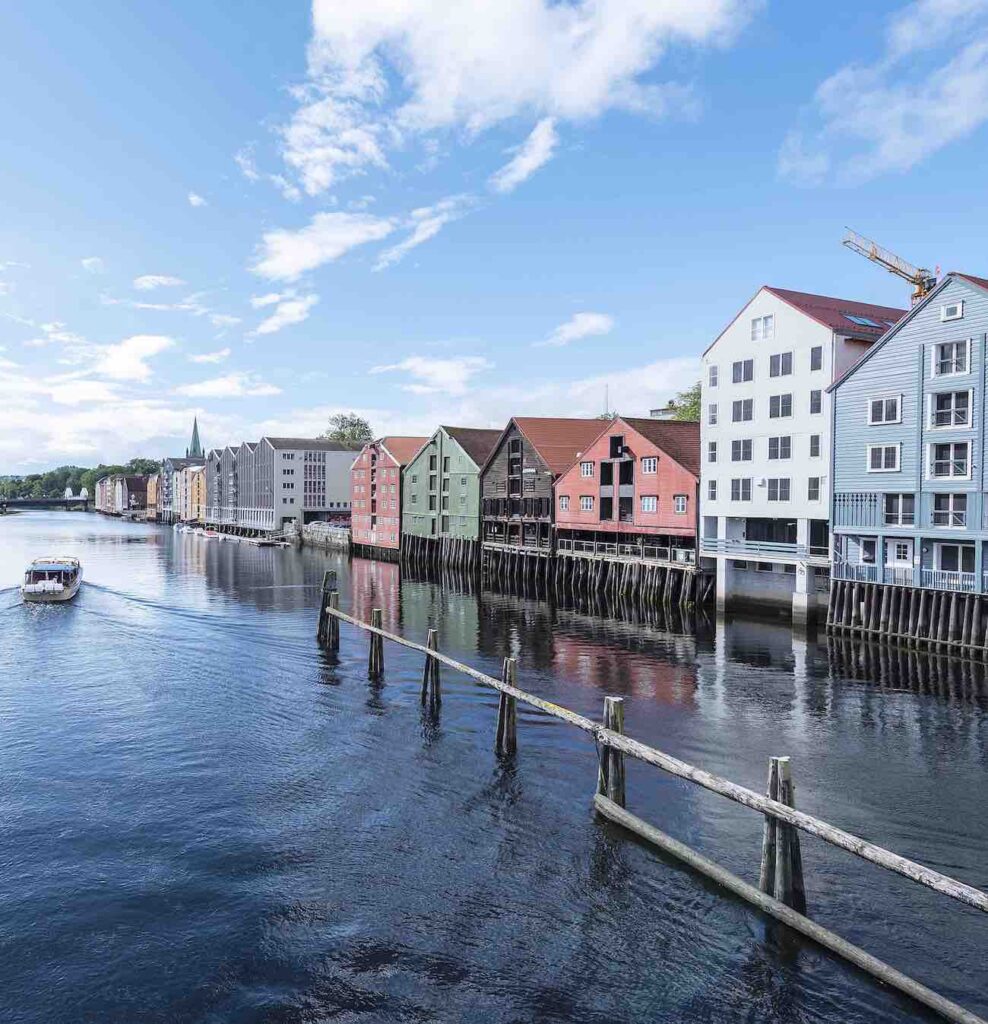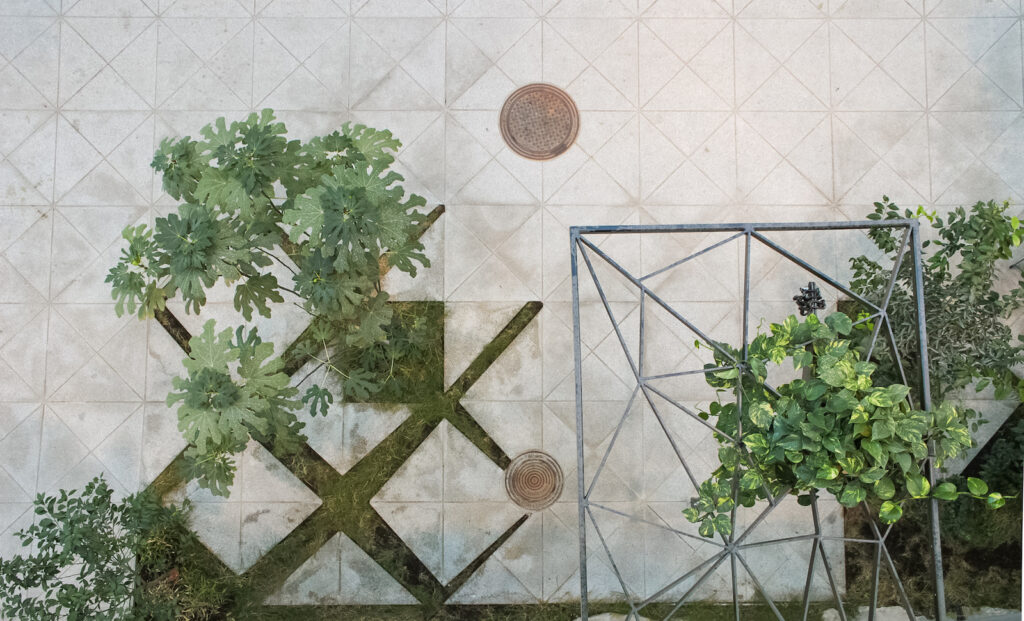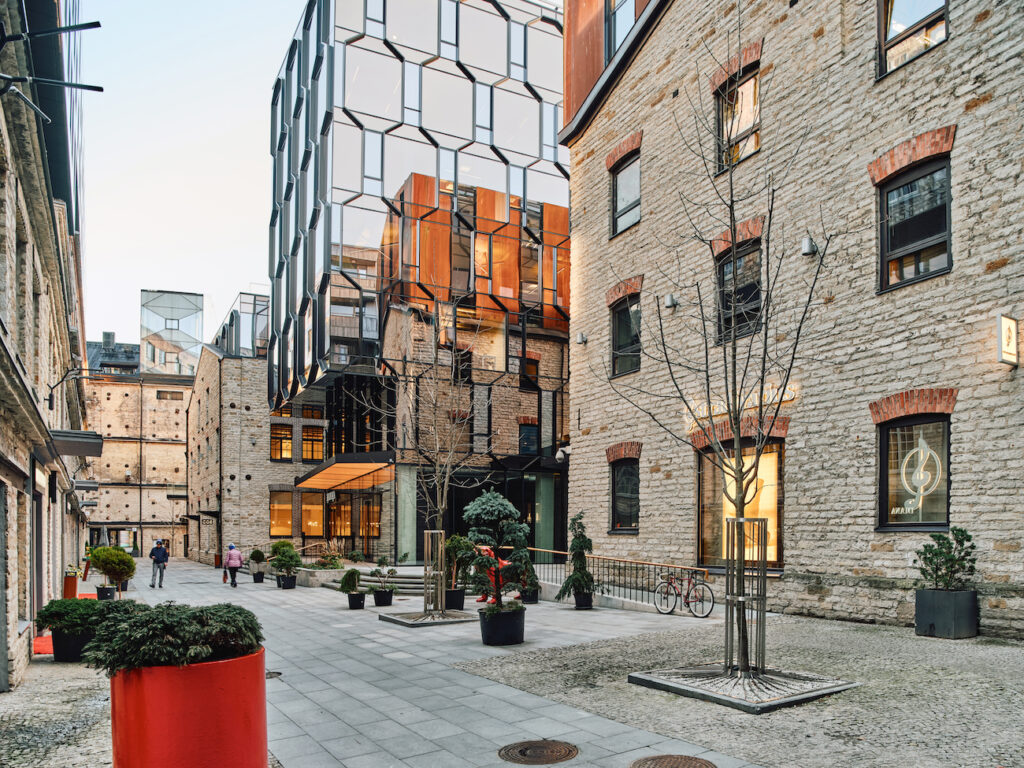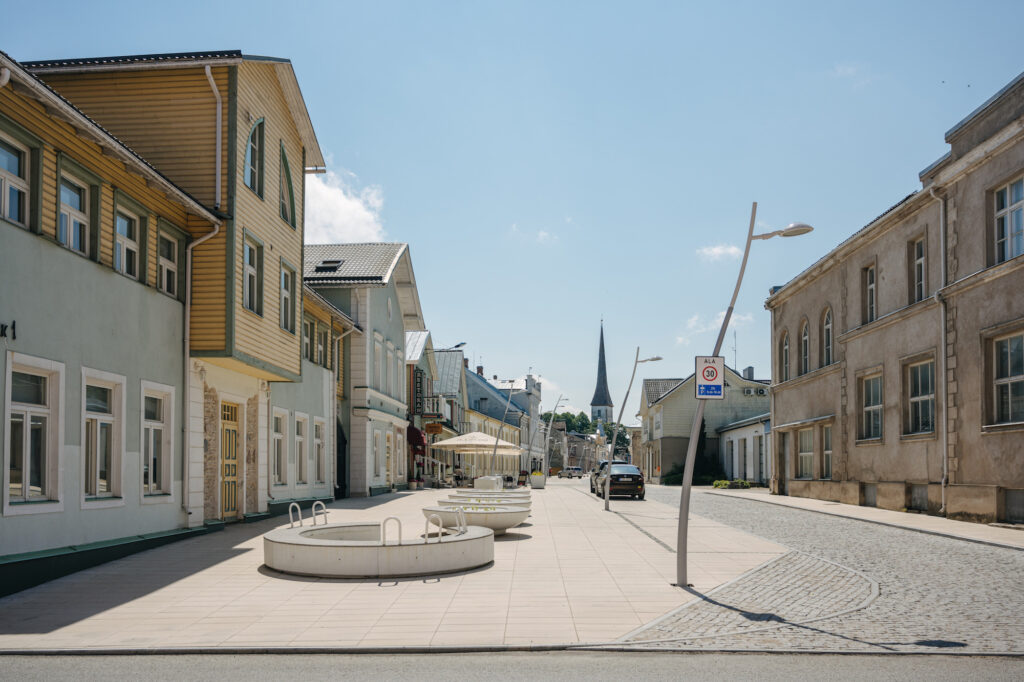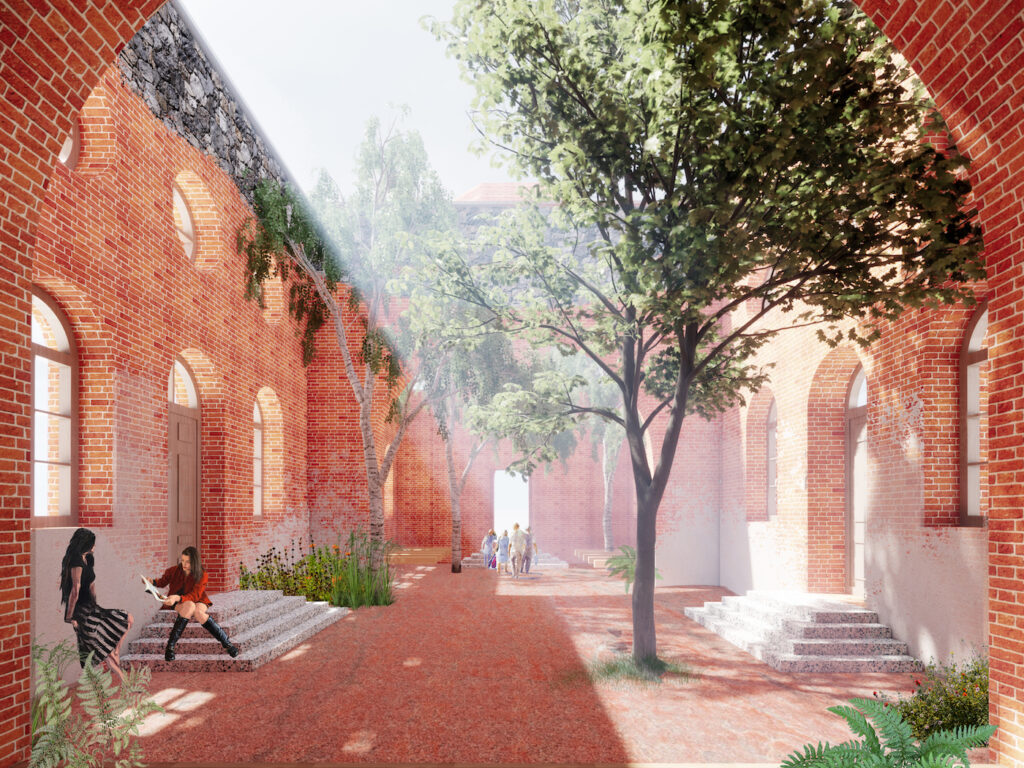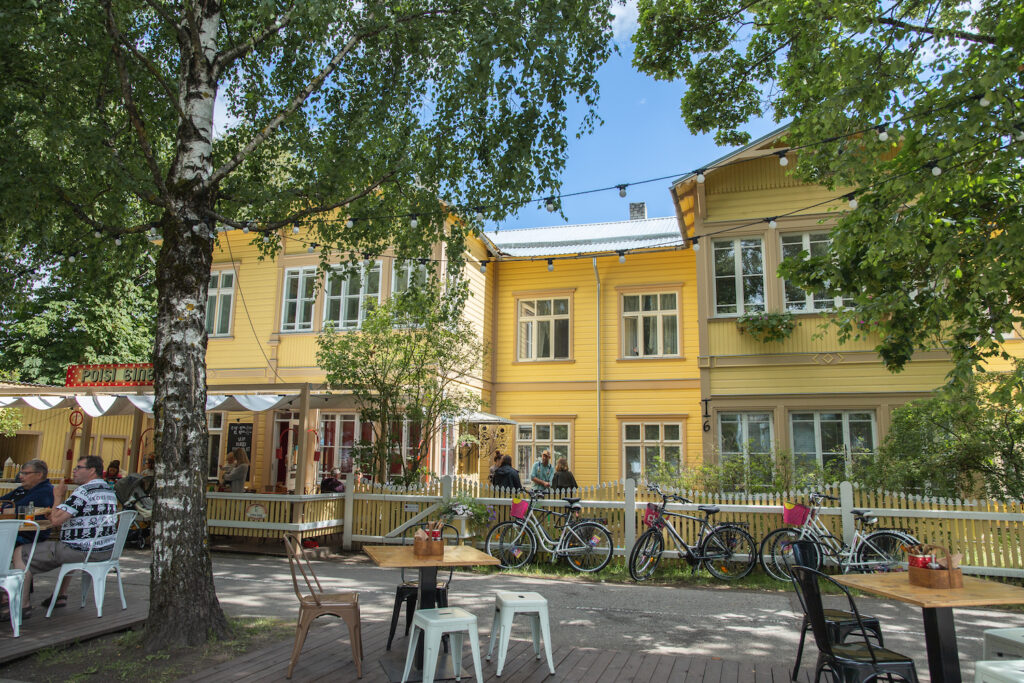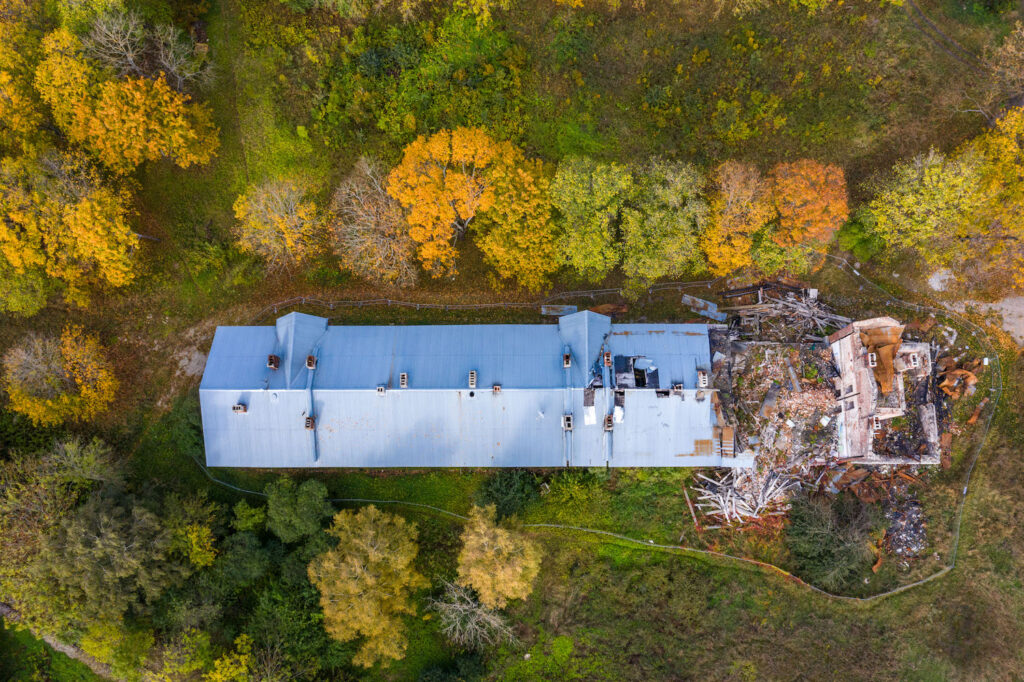PÄRAND
Kaija-Luisa Kurik gives an overview of the results of a 30-months-long partnership project between the Estonian National Heritage Board and the Norwegian Directorate for Cultural Heritage, titled ‘Historic Town Centres Revitalised Through Heritage-Based Local Development’, and tries to decipher the increasingly close connections between heritage preservation, urban studies, and sustainable development.
Planning in Norway is strongly guided by strategic approaches and broad state-set goals directing the local level. This is also reflected in the management and development of local cultural heritage. Vignir Freyr Helgason, senior advisor at the Norwegian Directorate for Cultural Heritage (Riksantikvaren) gives an overview of how strategies are developed and implemented in collaboration between the state, municipalities and communities.
What is surprising and innovative about Fahle Park Gallery Street compared to earlier reconstructions of industrial architecture?
Preservation has achieved cultural significance as a lens through which various urban experts have come to imagine what a socially and environmentally sound future might look like. As an approach, preservation has been applied to disparate phenomena ranging from historic neighbourhoods and natural environments to democracy and identity.
What is the image conjured up by the phrase ‘the industrial heritage of Tallinn’? Is it the Creative Hub (Kultuurikatel), Rotermann Quarter or perhaps Noblessner Foundry (Valukoda)? Henry Kuningas resorts to outstanding examples to describe the main features implemented in the reconstruction of the industrial heritage in the past two decades.
In the course of the programme ‘Great Public Spaces’ dedicated to the 100th anniversary of the Republic of Estonia, the historic street was reconstructed as a contemporary pedestrian-friendly main street. The light monochrome hues of the design create a museum-like exposition complemented with seats, planting, lamps and signage engraved in the pavement and providing information on particular buildings, architectural and landscape objects as well as the town in general.
Norway is a country characterised by high voluntary activity, 78% of its 5.4 million inhabitants are members of at least one voluntary organisation, 48% are members of two or more. Volunteering is and has been an important aspect of Norwegian society, and in recognition of that, 2022 has been designated as the Year of Volunteering.1 During this year NGOs and smaller volunteering associations together with local, regional, and national governments have collaborated in highlighting the value of volunteering in Norway.
Lihula is a small town where every new business can potentially shift the focal point. The competition ‘Great Public Spaces’ dedicated to the 100th anniversary of the Republic of Estonia focused on the historical axis and main street of the town–Tallinn Road. Our competition entry ‘Hõbelauk’ aimed at diversifying the street space and highlighting the mysterious local spatial potentials. We wished to allow every new potential to rise and shine thus enhancing the appearance and also natural disappearance of various places.
The field of spatial heritage comes with a kaleidoscopic array of concepts that connect the subject with issues such as the climate crisis, reuse, architecture and urbanism. The used terms need to be clarified and made more familiar.
If there is any feeling of blandness, or risk aversion, or scant sense of place, it is not due to insufficient bike lanes or pedestrian squares, but rather because the larger questions of what is produced and who gets to have how much have already been decided.
Postitused otsas

